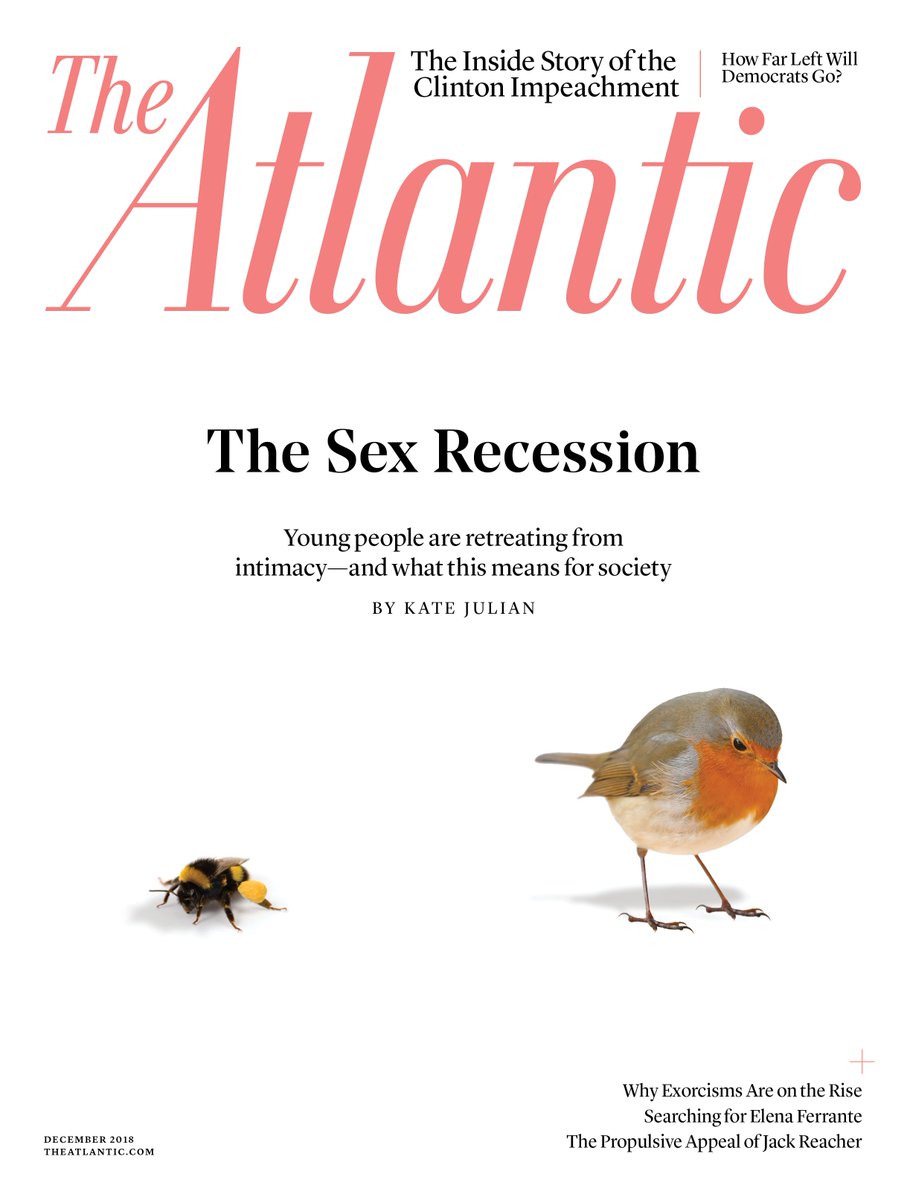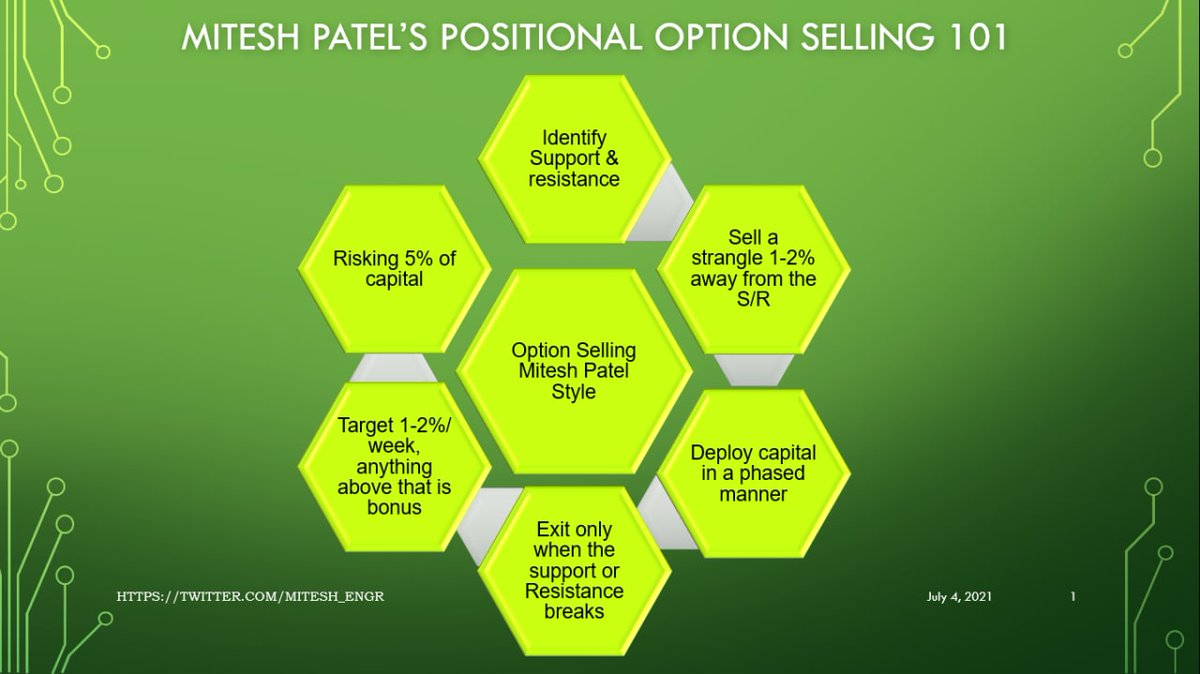Prepare for constant battle.
Marketing for freelancers.
Everything I’ve learned.
A thread.
- Getting clients
- Pricing projects
- Negotiation
All the hard stuff, made easier.
- The clients you work with
- The projects you work on
- The pay you receive
All the important stuff, made better.
When demand outweighs supply, freelancing is freeing.
- Developer
- Designer
- Or writer
But the best doesn’t always get:
- The most work
- The best clients
- The highest pay
The perceived best often does.
This is when you’re at your most vulnerable.
Because you get complacent.
You might be busy now, but what about next week/month/year?
- Outsource
- Collaborate
- Pay forward
It’s a good problem to have, not a bad one.
Getting them to ask you is effective long-term.
- Make friends with people
- Demonstrate specific expertise
- Show proof of work
- Come recommended
- Do a good job
- Be discoverable (online and offline)
- Be authentic (don't fabricate)
- Be transparent (show results)
- Be accessible (help people)
- Be relatable (tell your story)
- Be brilliant (do great work)
- Be useful (spread value)
A good website with solid content opens up opportunities from all angles.
Makes you nothing to no-none.
Pick a position and stick to it.
- What’s in-demand
- What you’re best at
- What you enjoy most
- What makes you different
- What you can do for a long time
Look for the overlaps.
- Who are they?
- What do they buy?
- What are their problems?
- Where do they hang out?
And shiny object syndrome kills.
Stick to the plan and go long.
- Your website
- Your content
- Your email list
- Your social media accounts
Spend time curating them all.
Replace them with “this will”, “I can” and “I’m going to”.
More from All
Ivor Cummins has been wrong (or lying) almost entirely throughout this pandemic and got paid handsomly for it.
He has been wrong (or lying) so often that it will be nearly impossible for me to track every grift, lie, deceit, manipulation he has pulled. I will use...

... other sources who have been trying to shine on light on this grifter (as I have tried to do, time and again:
Example #1: "Still not seeing Sweden signal versus Denmark really"... There it was (Images attached).
19 to 80 is an over 300% difference.
Tweet: https://t.co/36FnYnsRT9

Example #2 - "Yes, I'm comparing the Noridcs / No, you cannot compare the Nordics."
I wonder why...
Tweets: https://t.co/XLfoX4rpck / https://t.co/vjE1ctLU5x

Example #3 - "I'm only looking at what makes the data fit in my favour" a.k.a moving the goalposts.
Tweets: https://t.co/vcDpTu3qyj / https://t.co/CA3N6hC2Lq

He has been wrong (or lying) so often that it will be nearly impossible for me to track every grift, lie, deceit, manipulation he has pulled. I will use...

... other sources who have been trying to shine on light on this grifter (as I have tried to do, time and again:
Ivor Cummins BE (Chem) is a former R&D Manager at HP (sourcre: https://t.co/Wbf5scf7gn), turned Content Creator/Podcast Host/YouTube personality. (Call it what you will.)
— Steve (@braidedmanga) November 17, 2020
Example #1: "Still not seeing Sweden signal versus Denmark really"... There it was (Images attached).
19 to 80 is an over 300% difference.
Tweet: https://t.co/36FnYnsRT9

Example #2 - "Yes, I'm comparing the Noridcs / No, you cannot compare the Nordics."
I wonder why...
Tweets: https://t.co/XLfoX4rpck / https://t.co/vjE1ctLU5x

Example #3 - "I'm only looking at what makes the data fit in my favour" a.k.a moving the goalposts.
Tweets: https://t.co/vcDpTu3qyj / https://t.co/CA3N6hC2Lq


































